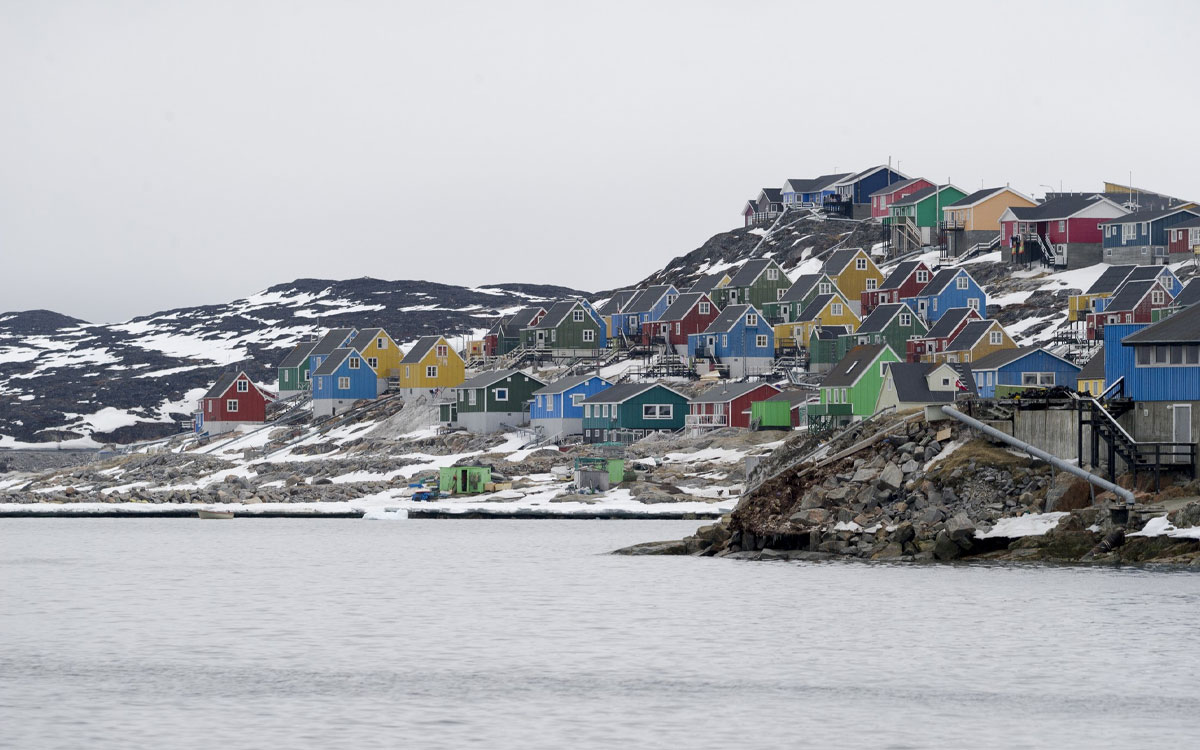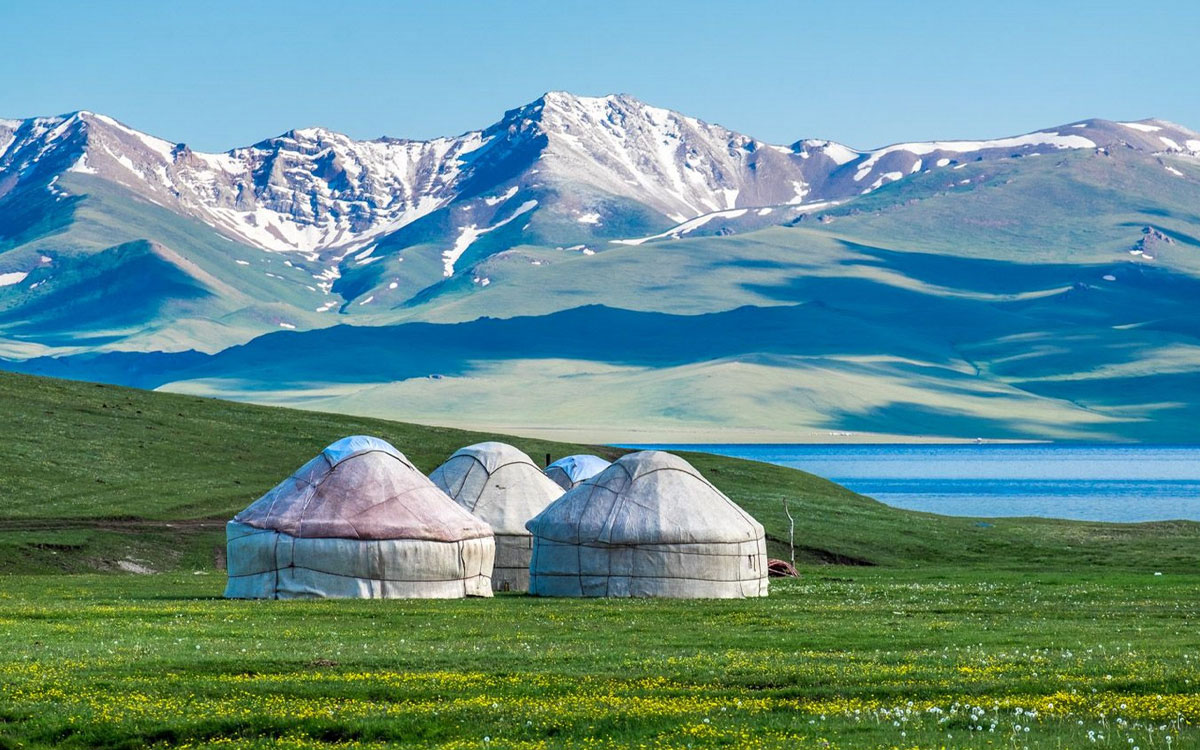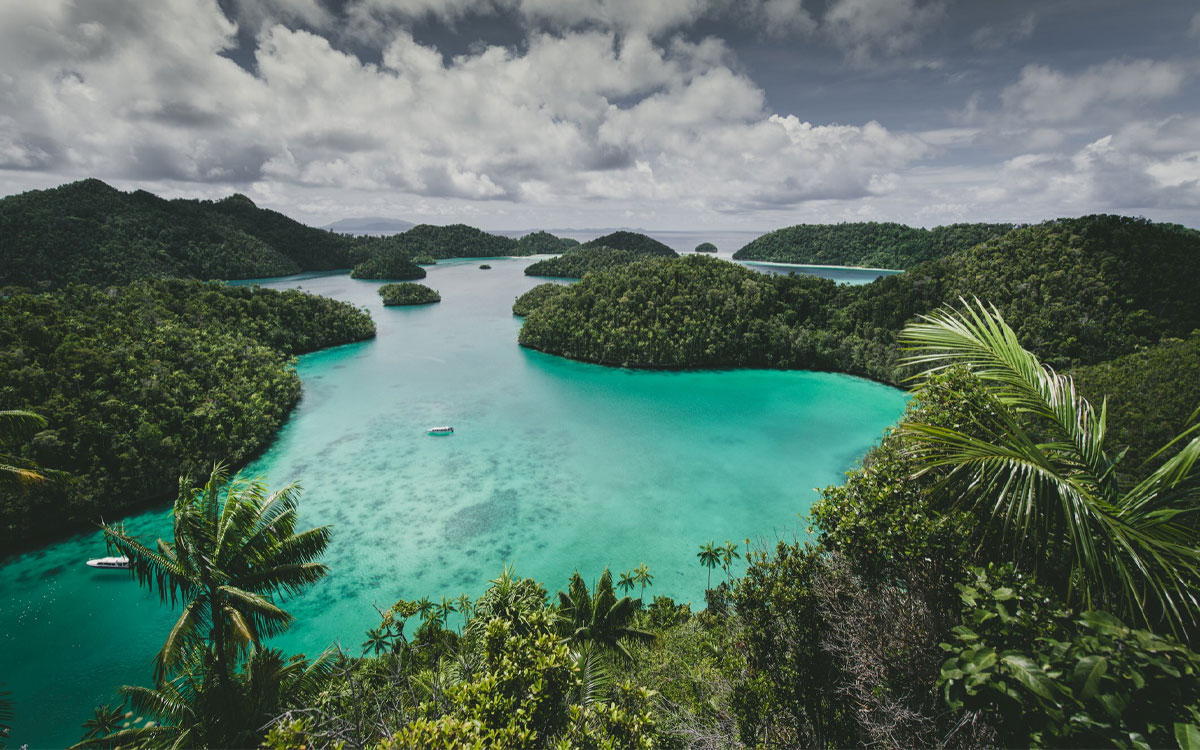
8 Unusual Destinations for Exporting Goods!
8 Unusual Destinations for Exporting Goods!
Introduction
In the world of international trade, countries like China, Germany, the USA, or the UAE are usually recognized as primary destinations for exporting goods. However, among these well-known markets, there are countries and regions you might never expect to be good export destinations. These countries may seem remote geographically, unique politically, or strange economically—but in reality, they are hidden markets offering unique opportunities for exporters.
In this article, you’ll get to know 8 unusual destinations for exporting goods—places that might have never made your priority list but hold high profit potential. If you’re looking for low-competition markets, untapped opportunities, or want to expand your export horizons, don’t miss this article.
1. Greenland – A Cold Export Paradise
Greenland, a remote island in the Arctic Ocean governed by Denmark, has a small population but a high demand for imports. Despite its harsh, cold climate, this region is one of the most unusual yet attractive destinations for exporting goods. Many basic products, food items, and warm clothing are fully supplied through imports.
In recent years, exports to Greenland have included processed food, fossil fuels, heating equipment, and winter clothing. One benefit of trading with Greenland is the easy access to Scandinavian markets through agreements with Denmark.

2. Mongolia – A Virgin Market in Central Asia
Mongolia is a vast country with a small population, nestled between China and Russia. Due to its unique geography and harsh climate, the country relies heavily on imports across various sectors. Export opportunities to Mongolia include agricultural equipment, industrial machinery, clothing, household items, and even hygiene products.
Although the transportation infrastructure is not widespread, trade with Mongolia can be profitable due to low tariffs and government support for imports. Also, the growing urban population in Ulaanbaatar has increased demand for consumer goods.

3. Marshall Islands – A Small Destination with Big Demand
This small island nation in the Pacific Ocean, with a population of about 60,000, is an unexpected destination for exporting goods. Its economy heavily depends on imports, with nearly all daily needs supplied from abroad.
Popular export goods to the Marshall Islands include food, beverages, cosmetics, electronic parts, and solar equipment. Its relative proximity to Asian and American markets also facilitates trade.

4. Bhutan – A Peaceful Yet Promising Kingdom
Bhutan, a small Himalayan kingdom, is rarely seen on export destination lists due to its unique cultural policies and closed economy. Yet, for specific types of goods, it presents a very attractive market. Medical equipment, clean technologies, construction materials, and cultural products (like books, films, and musical instruments) have good demand.
Bhutan’s government plans based on sustainable development and Gross National Happiness, giving preference to goods aligned with these principles.

5. Suriname – A Hidden Opportunity in South America
Suriname, with a population under one million, is one of South America’s lesser-known countries. However, its capital, Paramaribo, is undergoing economic growth, creating increasing export opportunities. Despite its rich natural resources, many consumer goods are imported.
Opportunities here include exporting construction materials, light vehicles, processed foods, and electronic devices. Suriname’s cultural diversity also drives demand for a wide variety of goods.

6. Comoros – An African Island in Need of Imports
Comoros is an island nation in East Africa that imports nearly all its consumable goods. With a young population and a growing market, this country is a suitable destination for exports such as medicine, packaged food, textiles, and electrical equipment.
While transport challenges and weak infrastructure can be obstacles, the lack of competition and government support for imports make this country attractive for exporters.

7. Kyrgyzstan – Gateway to Central Asia
Kyrgyzstan, though not a strong economy, is located in the heart of Central Asia and near regional markets—making it a suitable destination for exports. Demand is particularly high for clothing, electronics, construction materials, and processed foods.
Regional agreements like the Eurasian Economic Union also offer opportunities for tariff-free exports.

8. Palau – A Tropical Paradise with High Import Dependency
Palau is a small country in the Pacific Ocean that imports almost all consumer products. Tourism is its main source of income, which drives strong demand for goods such as luxury beverages, cosmetics, kitchen equipment, and summer clothing.
Despite its small population, relatively high income levels make Palau a lucrative market for mid-to-high-value goods.

Conclusion
Export markets aren’t always limited to large, well-known countries. Sometimes hidden opportunities in remote, strange, or unique places can be more profitable and less competitive. Destinations like Greenland, Mongolia, or Palau may seem odd at first glance—but for exporters seeking diversification and fresh markets, they’re excellent options.
Carefully analyzing import laws, cultural and economic needs of each destination, and ultimately aligning export strategies with the reality of each market is the key to success in this journey.
Frequently Asked Questions About Exporting to Unusual Destinations
Why should we export to lesser-known countries?
These countries often have less competition, a broader need for diverse goods, and high export growth potential.
Which goods are best suited for unusual export destinations?
Essential items like food, equipment, clothing, hygiene products, and daily-use goods are most in demand.
How can we reduce the risks of exporting to unfamiliar countries?
Studying trade laws, collaborating with local partners, consulting with chambers of commerce, and insuring exports are key strategies.
Is exporting to small countries profitable?
Yes. Although the market size may be small, profit margins are often higher due to limited competition and higher prices.
